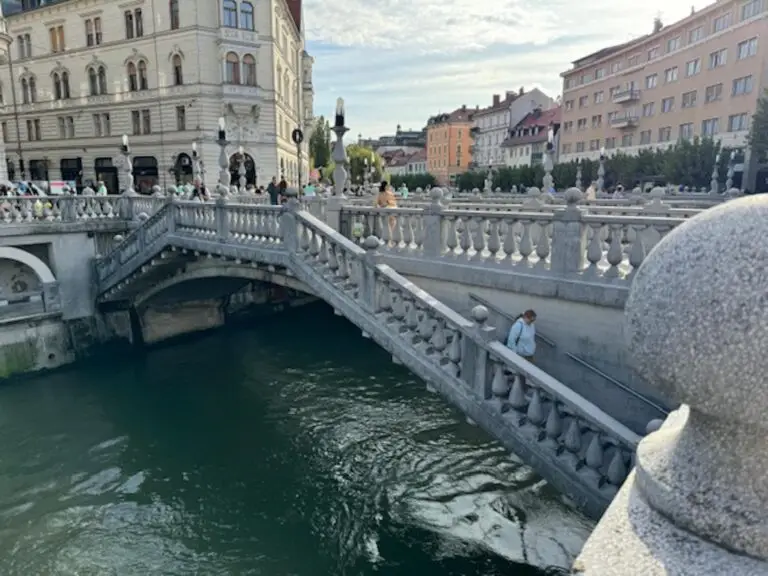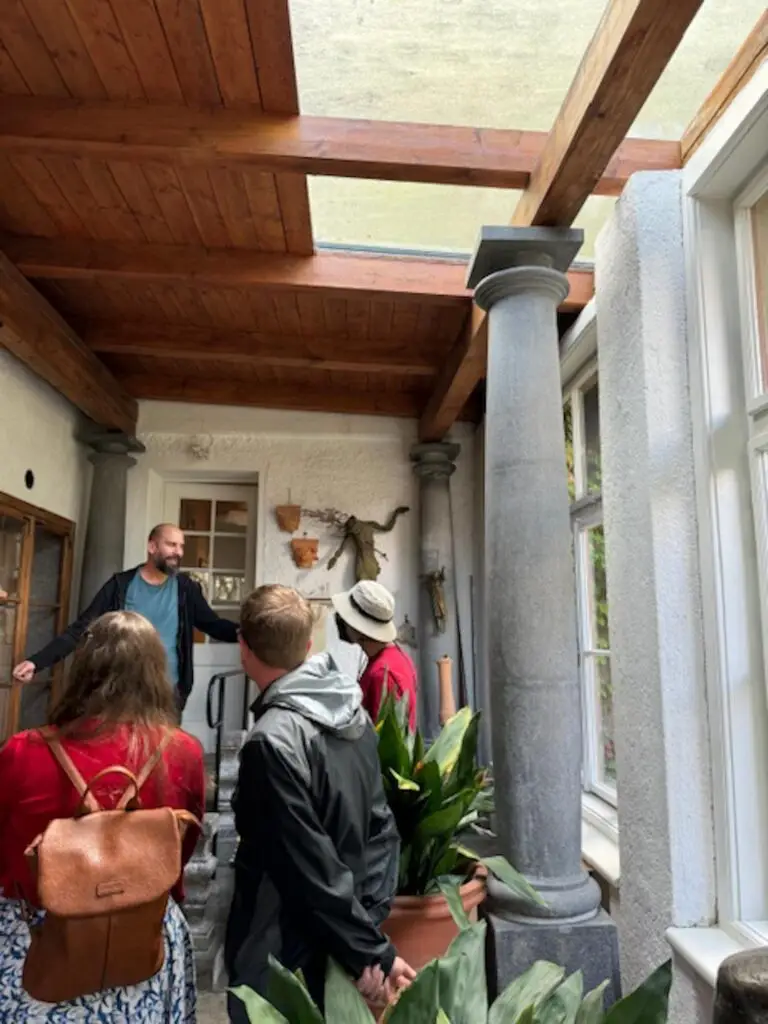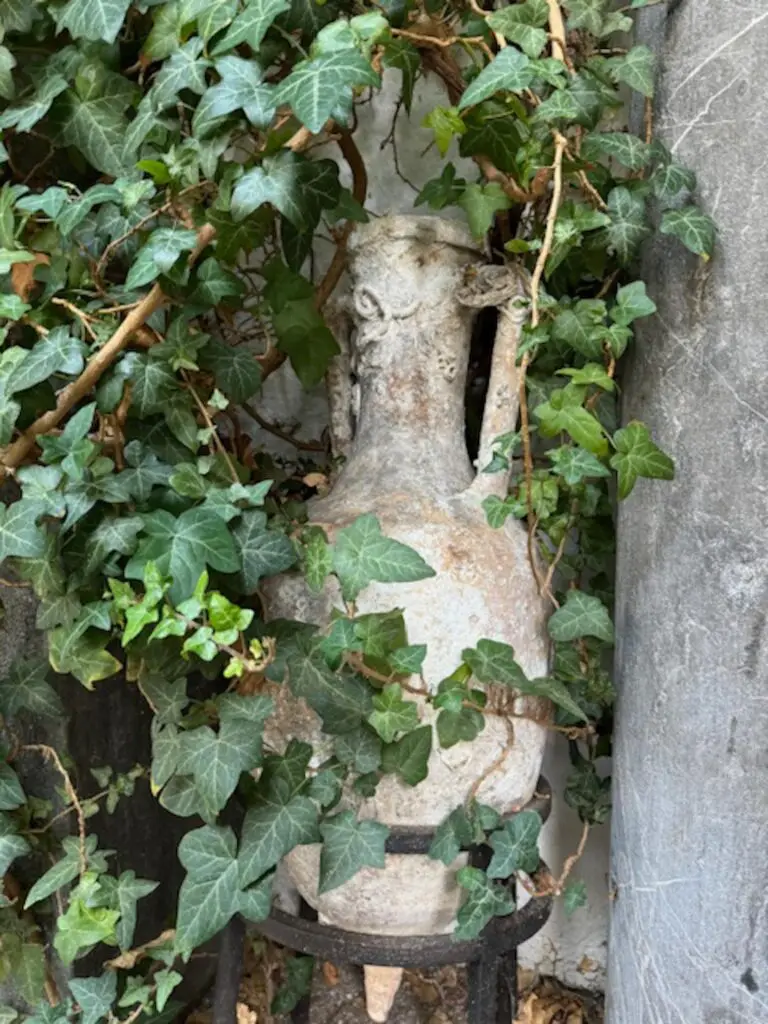Jose Plecnik was an architect who influenced many of the buildings in Ljubljana. We planned to take a tour of his house that is now a museum. It proved to be a highlight, explaining not only his professional history but his quirky personality as well. He studied classics and incorporated classical elements in his Vienna secession style of architecture (a type of Art Nouveau). He made his impact creating city identity and culture, and it has been said that few cities have been so profoundly marked by a single architect.
Below are some of his contributions to Ljubljana.




















2 Responses
Glad you have had a bit of leisure time to enjoy and explore your surroundings. We had read about how Ljubljana had an “artistic” history that was also found in its architecture and that was one of the reasons we were interested in visiting the city. Thanks so much for all the pictures you have sent, now don’t feel we have missed out so much. Wondering how you are going to stand being back to our very “plain” church after visiting and spending time in so many spectacular religious structures on your trip. At least there isn’t that much to distract us from the sermons and scripture readings!
Dan
Richard and I were pleasantly surprised how much we enjoyed the Plecnik house tour. Besides Ljubljana architecture, Plecnik also had effects in Vienna and Prague.
It was a slower day on Wednesday. I debated about showing the artistic community of squatters near the Bahnhof, but decided it is important to show the city’s tolerance of marginalized groups.
Regarding the church differences at home vs here, I think there are good things to recognize in both locations. It will be nice to get home and see how it affects us.